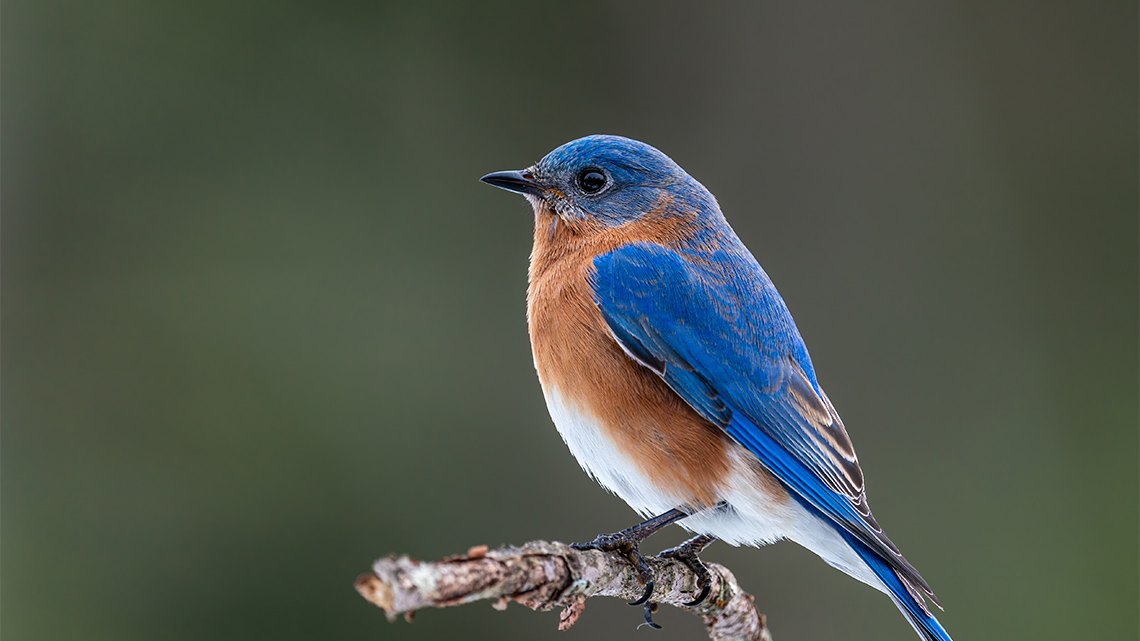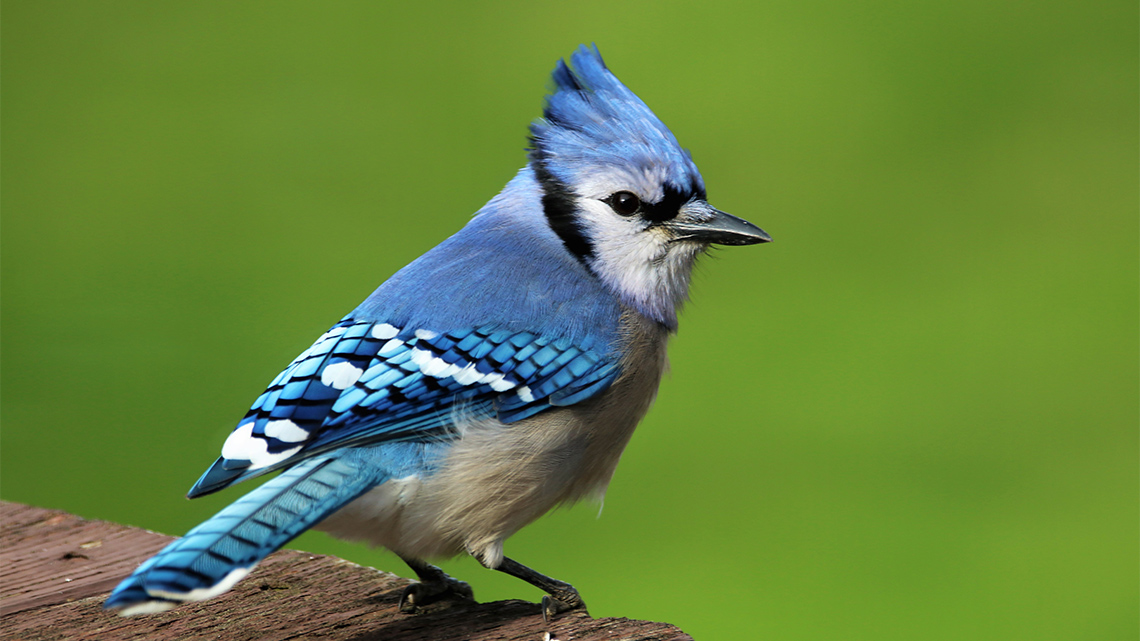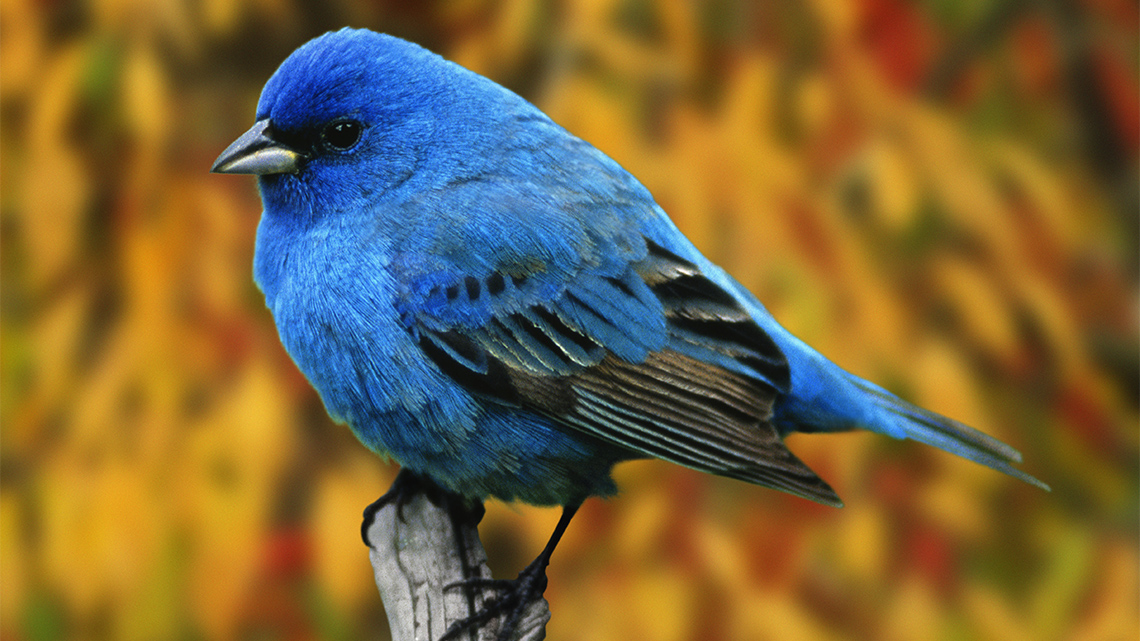Minds On
Meeting the needs of birds
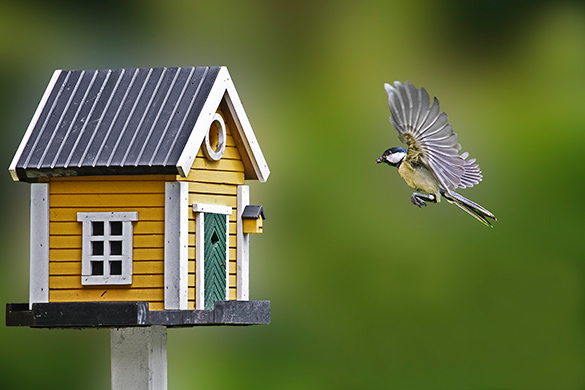
Through the seasons, different birds travel through Canada to get to warmer or colder places, and some stay for winter.
Those who stay for winter sometimes need help finding food.
People can help them by putting out feeders.
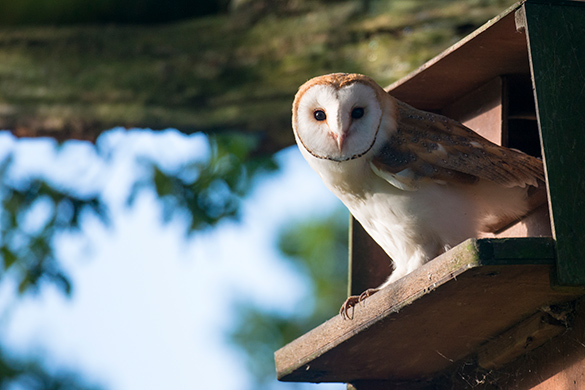
Those who arrive in spring sometimes need help finding a place to stay. People can help by putting out nest boxes.
Birds in Canada
Bebe and Mo visit Suzanne in Newfoundland and Labrador. Suzanne is a researcher who studies and helps birds, and helps people learn more about birds.
As you explore the video, consider the following questions:
Which bird does she study? What is interesting about how that bird finds food?
Explore the following questions. Select the correct answer, then press “Check Answer” to check how you did.
Both puffins and penguins are sea birds and eat fish, not seeds and insects. Finish this sentence with the right word.
Action
Community checklist
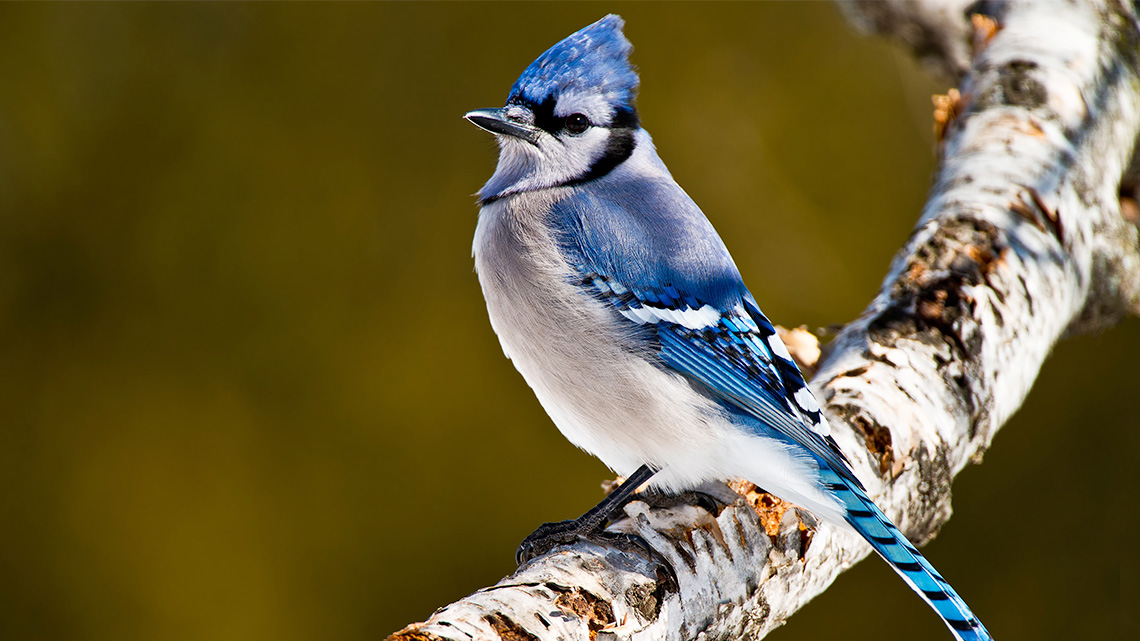
The scientists at Birds Canada help schools across the country to create bird-friendly communities. They ask learners to help them with their research.
Have you noticed the bird activity in your community? What types of things do birds do each day?
Use the following observation checklist of bird behaviours to explore how birds are meeting their needs for food, water, shelter, and warmth.
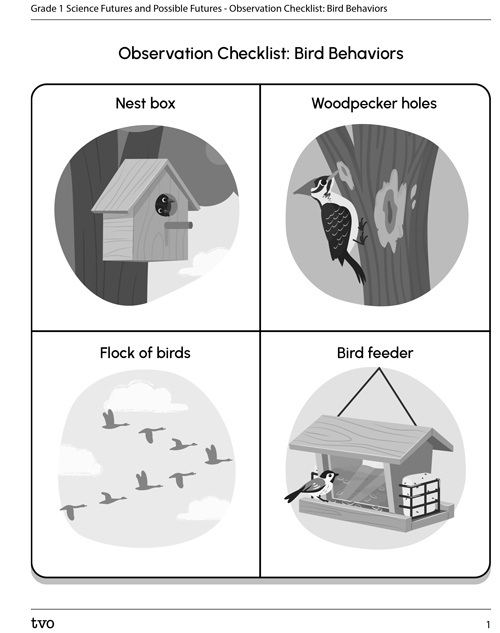
Press the Activity button to access the Observation Checklist: Bird Behaviours.
Activity (Open PDF in a new tab)What are examples of the birds meeting their basic needs? Use the following checklist to record which behaviours are basic needs for birds.
Bird behaviours
Are there any more examples you can think of?
Press ‘Answer’ to compare your thoughts!
Birds searching for food or finding shelter or water are all examples of how they meet their basic needs.
Try It
Try it
The next time you are outdoors with an adult, or by making your observations from a window, try using the observation checklist to notice what behaviours the birds are displaying in your community.
Ontario blue birds
The scientists at Birds Canada have people in the community to help them count birds at different times of the year. They create photo checklists of the birds a person might notice in their communities.
The scientists use the many observations that people have submitted to know more about which birds we might find where, and when!
Blue is a colour that is not very common in nature. There are three blue birds that people might notice in Ontario.
Explore the following carousel to learn more about the characteristics of each of these birds!
As you explore, notice their differences.
In the following matching activity, choose the description that best fits the bird!
All three of these birds like to stay warm so they do not stay in most of Ontario all year long. They all find food from the ground, trees, and plants. They all eat insects.
Blue Jays also eat nuts and seeds. The Eastern Bluebird eats berries. The Indigo Buntine eats berries.
Community collaboration
This learning activity connects new and existing approaches for young scientists to create positive changes in their communities.

What can people do to help these birds meet their food needs?
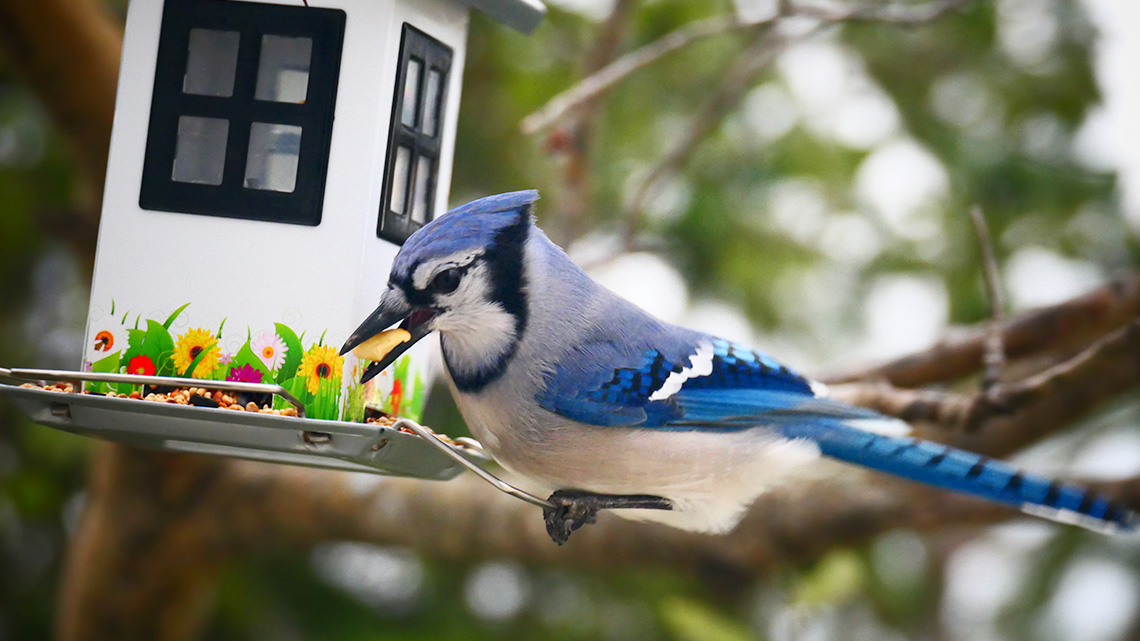
Where could people put the feeders? What foods should the feeders have in them?
Record your ideas on the computer, on paper, in a recording, or share with a partner, if possible.
Consolidation
Observing birds
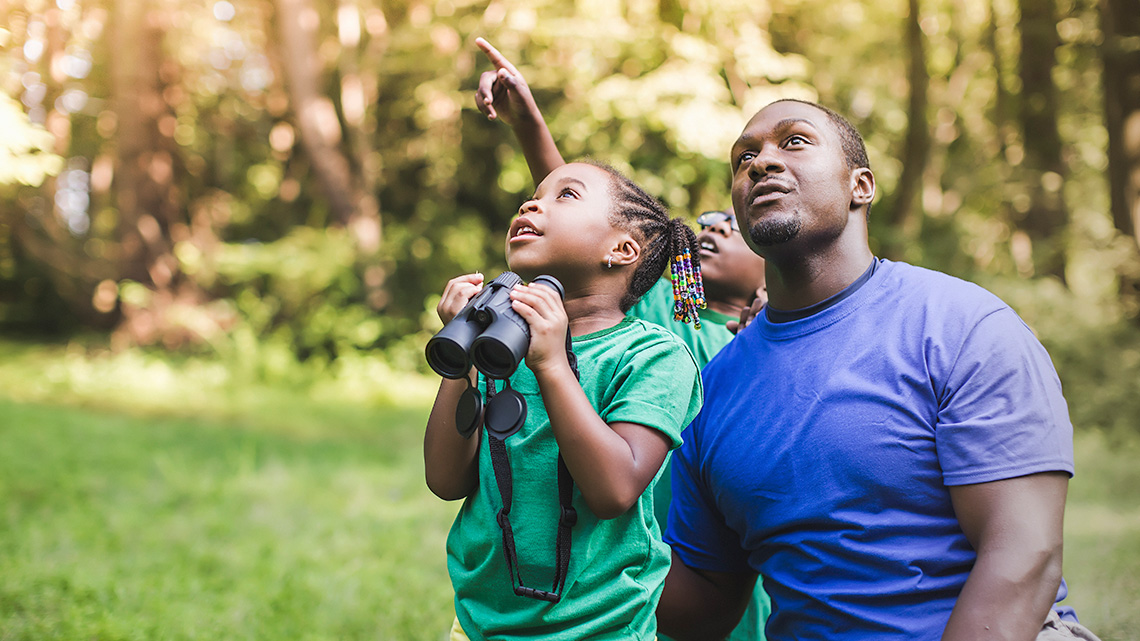
As the seasons change, some birds may need help from humans to find food, shelter, warmth and water.
Let’s investigate! These birds are meeting their needs. Explore the following videos and decide how each bird is meeting its needs.
How are each of these birds meeting their needs?
Match the bird with the behaviour you observed!
Use the following checklist to make sure you have considered the following steps while observing.
When I make observations, I…
I can make a difference!
Use your learning about birds to answer two of the following questions.
You can record your answers on the computer, on paper, in a recording, or share with a partner, if possible.
- What are a few ways that people in communities across Ontario help birds meet their basic needs?
- What information should they know about birds before they help them? Why?
- How does helping birds in our communities help to create a healthy environment?
Reflection
How do you feel about what you have learned in this activity? Which of the next four sentences best matches how you are feeling about your learning? Press the button that is beside this sentence.
I feel…
Now, record your ideas about your feelings using a voice recorder, speech-to-text, or writing tool.
